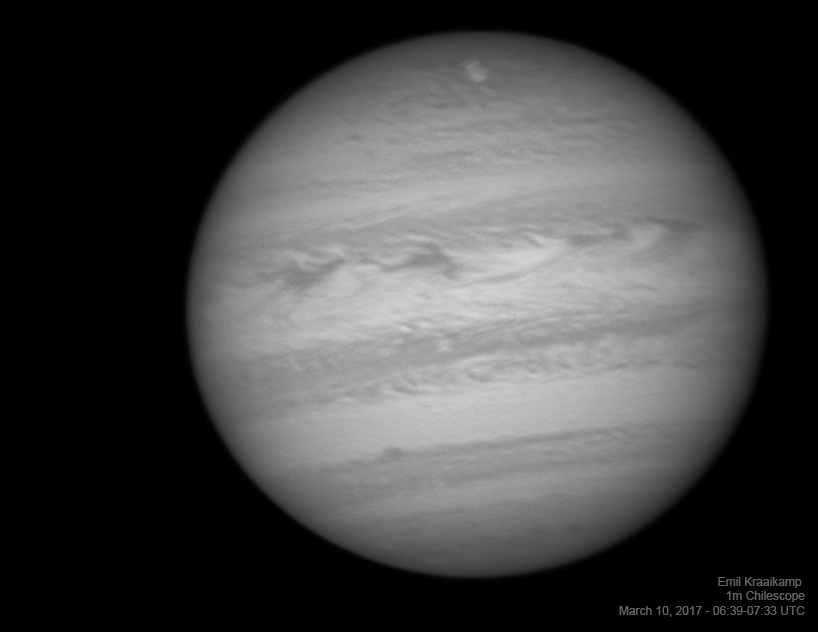CAN I USE GATE IO IN NEW YORK
All the images on this website were processed using the lucky imaging software AutoStakkert! that I started developing in 2010. This software extracts the sharpest portions out of a large sequence of images, and combines them in such a way that you end up with a single sharp image where athmospheric distortions have been minimized. The software is used world-wide by many amateur astronomers taking images of the Sun, Moon and Planets. The software is freeware. If you like using it, and want to support the development, a donation is much appreciated (but certainly not required!).
See AutoStakkert.com for more details and download links.
GATE IO STARTUP KATILMA
BALDUR'S GATE II REPUTATION DONATION
"Who are we? We find that we live on an insignificant planet of a humdrum star lost in a galaxy tucked away in some forgotten corner of a universe in which there are far more galaxies than people." - Carl Sagan (1934 - 1996)
Welcome!
This website is used to keep track of the astronomical images I have made over the past few years. Most of my astrophotography time is spent on imaging the planets using lucky imaging techniques (selecting and combining the best parts of images out of a large continuous sample, typically acquired using a fast and sensitive video camera), but when there is no interesting planet visible, or when the seeing isn't very good, I do like to do some deepsky imaging as well.
Even for the deepsky images, I'm using relatively short exposures though, often in the range of 1 to 5 seconds per sub. This has some big advantages over more traditional deepsky imaging techniques: with short exposures you don't need a very expensive mount, auto-guiding is also not needed, a (planetary) camera is typically not that expensive either, and the frames you take are often much sharper than their long exposure counterparts. With recent camera advancements - with low read noise and high quantum efficiency - and lots of patience during post-processing, this can work really well to produce high resolution deepsky images that still show a surprising amount of detail. A big and fast telescope helps a lot too, of course, and currently my main telescope for imaging is a 16" F/5 Dobson on a rather simple EQ platform.
The banner at the top of this page shows the northern sky on an early summer morning seen from my imaging location (52°42'N, 6°16'E). From this location I can get decent views on pretty much all directions. In the south and west I do have some light pollution, but usually this is not a problem because of the short exposure times I'm using for both deepsky and planetary images.
If you have any questions or remarks about this website, my imaging techniques, astronomical software that I wrote, or images, please feel free to contact me.
Emil Kraaikamp - April 19, 2016
Yes.. I know this website is rather outdated... but I'm way too lazy to do anything about it, so you better get used to it ;)

